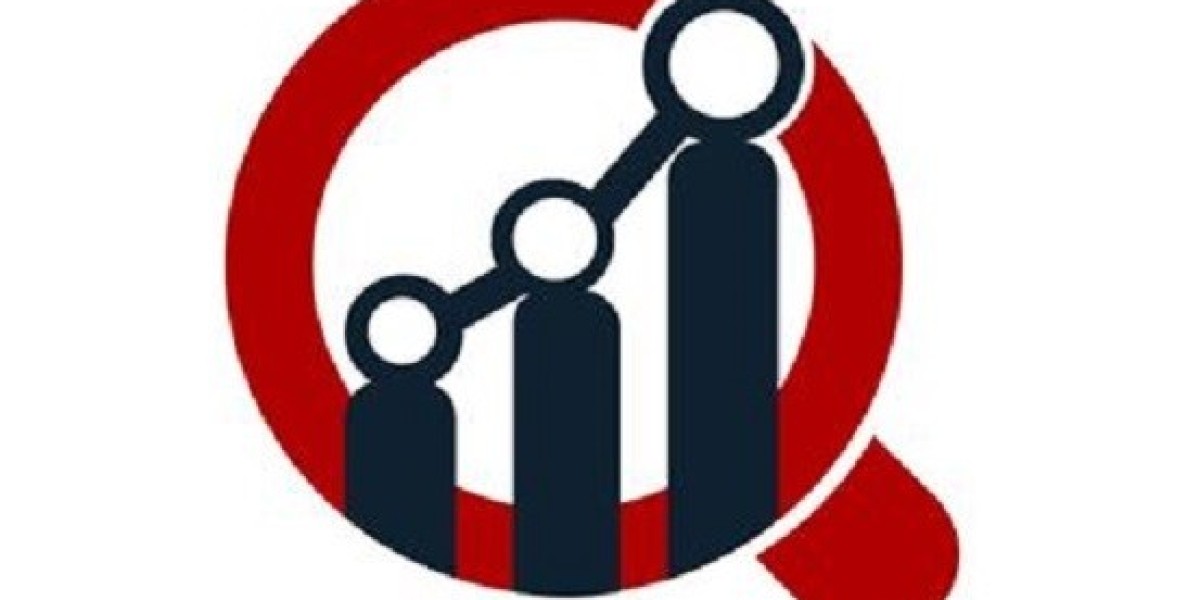Calibrating Confidence: Exploring the Medical Equipment Calibration Service Market
Why Calibration Matters in Healthcare
In the realm of healthcare, precision is everything. From life-saving defibrillators to diagnostic imaging machines, even a minor deviation in performance can lead to misdiagnosis, treatment errors, or safety hazards. This is where medical equipment calibration services play a vital role. Calibration ensures that medical devices deliver accurate and consistent results over time, safeguarding patient outcomes and enhancing trust in healthcare systems.
As medical technology becomes increasingly sophisticated, the need for routine and professional calibration services has never been more critical. The growing complexity of devices across hospitals, laboratories, and clinics is fueling the demand for specialized calibration providers who can uphold both regulatory standards and operational efficiency.
What is Medical Equipment Calibration?
Calibration is the process of configuring an instrument to provide results within an acceptable range by comparing it with a known standard. For medical devices, this involves adjusting and verifying instruments such as infusion pumps, ECG machines, X-ray equipment, and laboratory analyzers to ensure they are functioning as per manufacturer specifications.
Over time, wear and environmental factors can impact the accuracy of these machines. Regular calibration not only ensures safety but also extends the equipment’s lifecycle, reduces downtime, and helps healthcare providers remain compliant with health authorities and certification bodies.
Drivers Behind the Market Growth
The medical equipment calibration service market is witnessing steady growth due to the increasing reliance on digital and electronic medical devices. As hospitals invest in advanced diagnostic systems and surgical technologies, the pressure to maintain optimal functionality is rising. In critical care environments like ICUs and operating rooms, uncalibrated equipment can be the difference between life and death.
Moreover, rising regulatory scrutiny is pushing healthcare providers to establish regular calibration protocols. Accreditation from bodies like ISO, NABL, and JCI often require documented evidence of routine calibration. This has created a consistent demand for third-party calibration service providers who offer both in-house and on-site calibration solutions.
In addition, the adoption of preventive maintenance practices is another key driver. Facilities are increasingly recognizing that routine calibration helps in minimizing unexpected breakdowns, thereby lowering long-term maintenance costs.
Segments and Regional Insights
Calibration services cater to a wide array of medical equipment, including patient monitors, sterilization units, imaging systems, ventilators, and surgical instruments. These services are offered either in-house (by hospitals and labs) or outsourced to professional calibration companies. Outsourcing is becoming increasingly popular due to the technical expertise, advanced tools, and certification capabilities these firms provide.
North America leads the medical equipment calibration service market, thanks to its highly regulated healthcare environment and rapid technology adoption. Europe follows closely, with strong emphasis on patient safety and quality assurance.
Meanwhile, Asia-Pacific is emerging as a fast-growing region due to the expansion of healthcare infrastructure, especially in countries like India, China, and Indonesia. As medical device installations increase in these regions, the need for reliable calibration services is expected to surge.
The Future: Automation and Digital Tracking
With the rise of smart healthcare, calibration is also going digital. Advanced calibration tools are now equipped with wireless connectivity, allowing real-time data logging and automated compliance reporting. Cloud-based platforms enable calibration records to be stored securely and accessed remotely, enhancing transparency and traceability.
Furthermore, some service providers are integrating predictive analytics into calibration scheduling, using device usage patterns to determine the optimal time for recalibration. This reduces service interruptions and keeps clinical workflows efficient.
As the healthcare industry leans more heavily into digital transformation, the medical equipment calibration service market is expected to see further innovation, efficiency, and demand.



